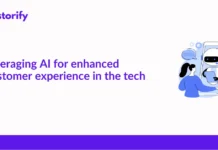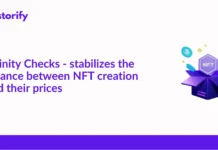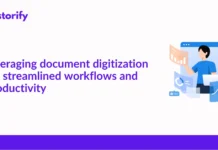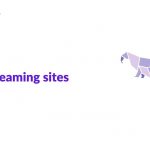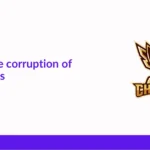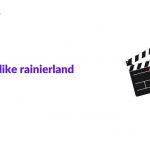Throughout history, mapping the world around us has been a massive undertaking. It would require extensive exploration, knowledge of surrounding countries and oceans, and would have been impossible given the sheer scope of our planet.
Nowadays, it’s a much different story because thanks to advanced GPS technology, geolocation, 3D modeling, and more, we can create accurate simulations of the entire earth with terrain, buildings, trees, and especially roads, all represented.
The changes in mapping technology have turned entire industries around leading to greater efficiency for many processes.
How These Maps Are Being Created
By integrating applications with navigation methods, and 3D modeling for predictive mapping, We can determine the easiest distance from one destination to another with pinpoint precision as navigational tools can collect input from data sources such as GPS and geoprocessing from marked areas.
A vital aspect of mapping software solutions is sophisticated navigational information. Several considerations such as spatial data, geographical patterns, and accuracy are all taken into account to maximize a model’s overall completeness, creating a better and more authentic look at our surroundings.
As navigation hits great depths of precision, drivers can create better routes, pilots can fly safer in the air, and even weather patterns can be predicted with more accuracy.
Ways Mapping Tech Can Be Used
One example is in action is the Microsoft Flight Simulator, which takes map data and uses it to create a fully explorable model of our world in 3D, utilizing photogrammetry and satellite images to create a photorealistic representation of many areas, and using procedural generating AI to fill out the rest.
With advanced tools like these all working in tandem with each other, anyone playing can fly over a detailed model of their city and view their desired locations with stunning accuracy, including real-time weather that changes in-game according to what the weather is like in real life.
Another game utilizing mapping technology is Pokemon Go, using those tools along with augmented reality to turn the real world into a game map where anyone taking a walk or going on a trip can catch Pokemon, and even use the surrounding landmarks and notable areas as stops to get more items. Games like these show the potential for how mapping technology can be utilized in creative ways.
GiS mapping can also be used for emergency situations as disaster-prone areas can be tracked in real-time with accurate reads on which areas are currently dangerous. This can help emergency service teams create better evacuation routes, lead citizens on safer paths, and locate necessary facilities much faster.
Protection will improve for everyone on the roads as we get to the stage where more of these navigation tools are used in daily life.
As more accurate maps come about that can react to real-time changes, we’ll see some huge improvements to many processes that we might take for granted, such as shipping, weather forecasts, traffic management, and more.
It’s all thanks to accurate mapping solutions that we can take a glimpse of the world around us, and understand it in a better way.



